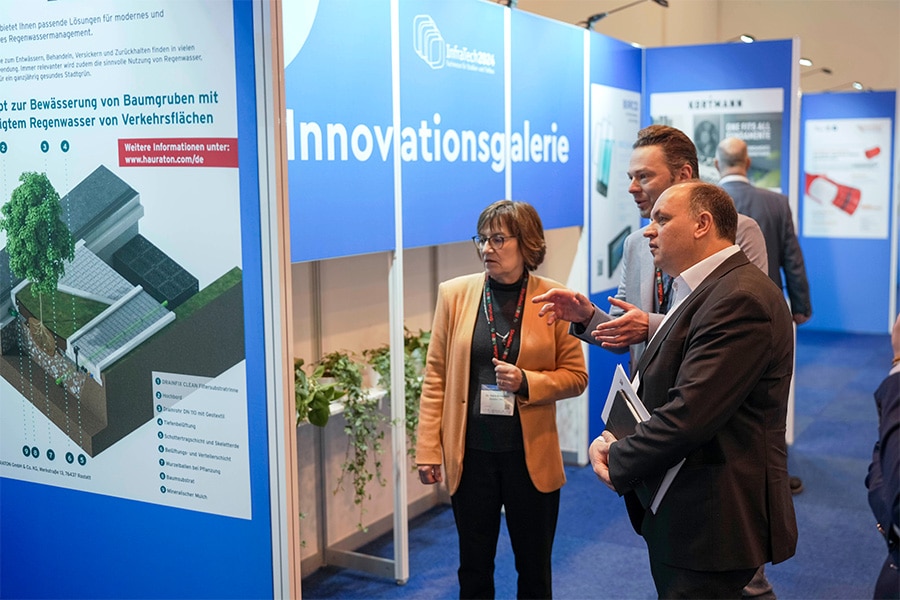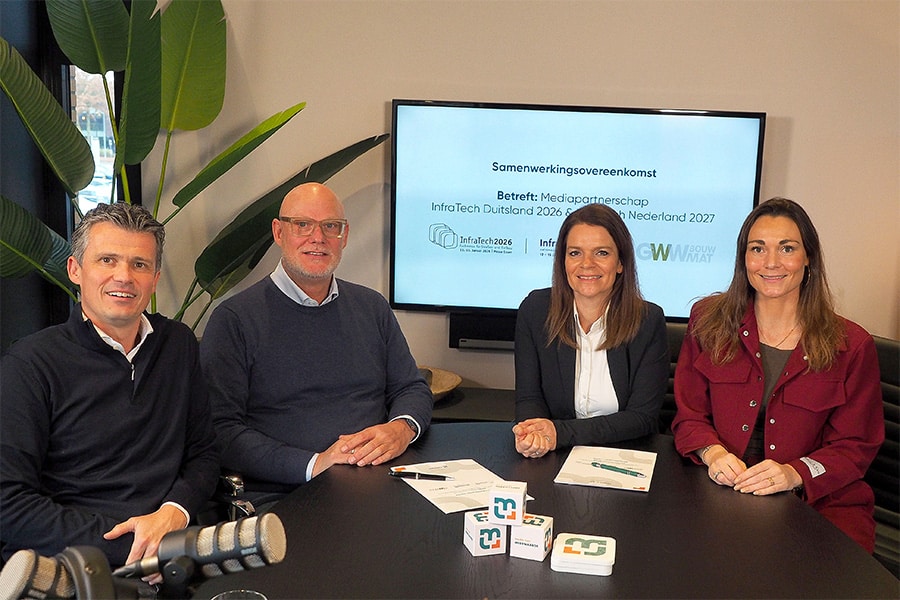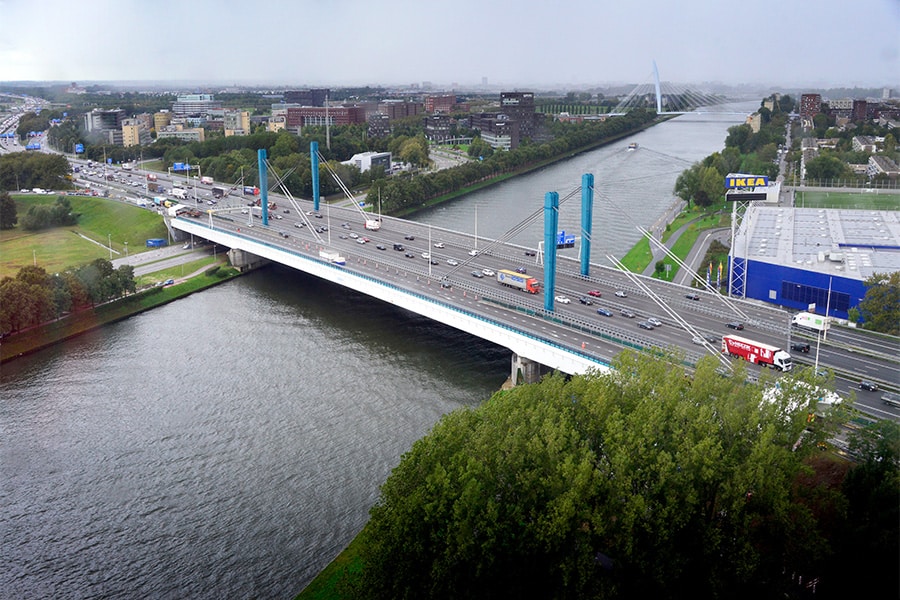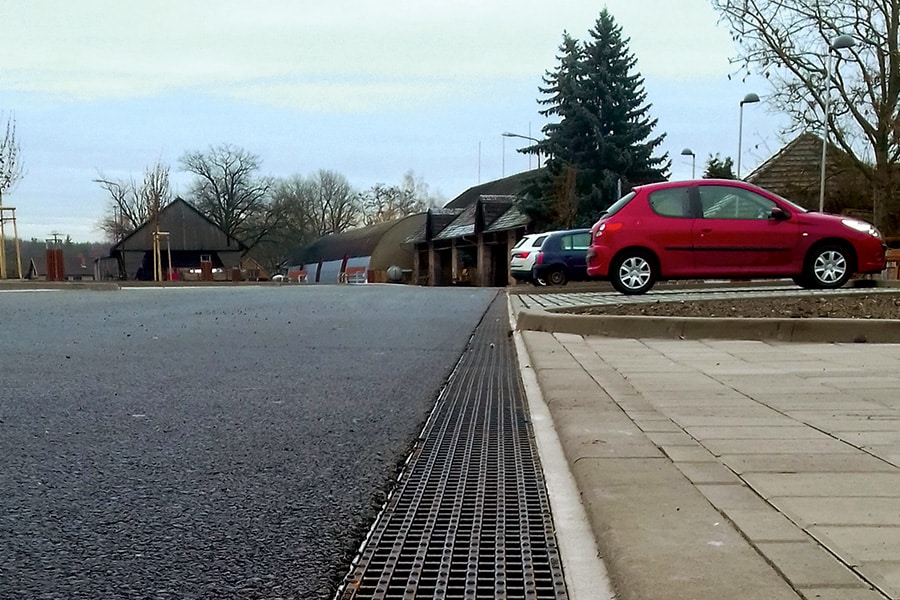
A new method for assessing NWOs on primary flood defenses
In the Netherlands, primary flood defenses must be assessed for safety every few years. Since 2017, there is a new assessment system for this, the Wettelijk Beoordelingsinstrumentarium (WBI) 2017. Part of this assessment also includes the non-water retaining objects (NWO) on a water barrier, such as trees, buildings, cables and pipes. These objects can affect the safety of the water barrier. For example, if a falling tree leaves a debris pit, it can cause instability and damaged revetment.
However, the tools of the assessment system are not yet fully developed for NWOs, nor are they suitable for large numbers of objects. So how do you approach the assessment of thousands of objects? Is there a way to approach this smartly and make it manageable?
6,000 trees and 3,000 buildings
The Schieland and Krimpenerwaard Water Board (HHSK) has some 6,000 trees and 3,000 buildings on its 70 kilometers of primary flood defenses. Many more than most other water boards due to the dense urban area in this region. These objects must all be assessed to the new legal safety standards by 2023. HHSK conducted a market consultation to see how market parties viewed this problem. After the consultation, HHSK gave frameworks to its request and then put this project on the market. Iv-Infra and Tauw won the contract and are currently developing a method to efficiently assess large numbers of objects.

Trees are recognized as such.
Reliable and efficient method
Because of the large numbers, it is important that the objects can be assessed in an efficient manner and that the method is traceable and reproducible so that it can be used in future assessment rounds. Reliability is another important aspect of the new method; after all, it's all about safety. But how do you substantiate reliability? Iv-Infra and Tauw work with three pillars in this method: securing information, applying knowledge & expertise and automation.
Securing information
The Water Board's existing data is verified and validated and also supplemented where necessary. The digital register is filled with objects, but this is subject to change. Trees grow or are cut down, houses are demolished or newly built. To update this register, Iv-Infra's unique scanning vehicle was used to precisely map the non-water retaining objects. Where exactly is the tree located, how tall is it, what is its trunk diameter? These are data that are easily measured with the scan car. With this additional data, objects can be quickly approved, for example, if it can be shown that the dimensions are so small that any failure will not affect water safety. The testing of all non-water retaining objects is thus improved and made more efficient.

The special scanning car.
Applying knowledge and skills
Iv-Infra and Tauw have extensive experience in assessing primary and regional flood defenses and are currently working on several projects involving the assessment of non-water retaining structures. The specific knowledge they have acquired is now being combined and applied in the development of this new method. This method does not rigidly adhere to the regulations and guidelines, but also involves 'logical thinking' based on experience: does the toppling of a tree, for example, lead to a greater risk of piping when it lies behind a toe ditch that is deeper than the potential excavation pit?
Automation
To make the process of assessment as efficient as possible, as much as possible is automated. The large amounts of GIS data collected from the existing database and scan car data are supplemented with current elevation data measured by helicopter. We then use specially developed GIS scripts to determine the relevant parameters for each object and use these to automatically perform the simple test. The automation of this process reduces the risk of error and reduces labor-intensive operations.
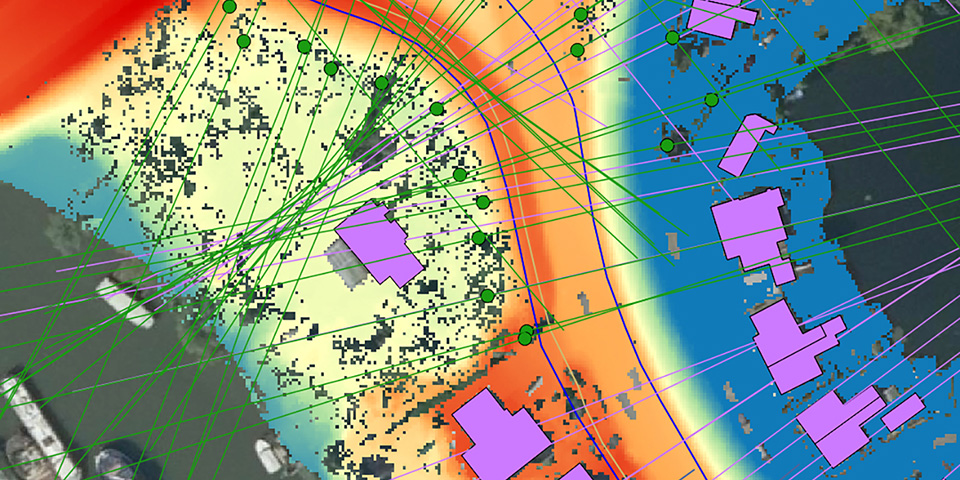
Display GIS data.
Assessing in two steps
Assessment of the non-waterproofing objects is done in two steps. The first step is the simple assessment, which is almost completely (about 90%) automated. The remaining 10%, drawing contour lines, checking data, validating, and field sampling are performed by Tauw and Iv-Infra consultants. To avoid a labor-intensive process, an effort is made to approve as many objects as possible in the simple test, but it is inevitable that additional calculations will be required for some of them. A detailed test is performed for this, in which objects are clustered and the normative object per cluster is assessed using additional calculations. After these tests the verdict follows: is the NWO safe or not? Based on this safety assessment HHSK then takes measures where necessary.
Towards an individual judgment for all non-watering objects
To arrive at this new method, all data has been squeezed, additional data has been gathered and innovative solutions are being devised. The process is still under development, but the route to the final method is progressing well. The reliability and traceability of the data and the reproducibility of the method are paramount. This ensures that the data can also be used in future reviews or reinforcements. Although customization will still be required, the development of this method is an important step towards an accurate safety image of all non-water retaining structures, where previously only a generic assessment was possible.
